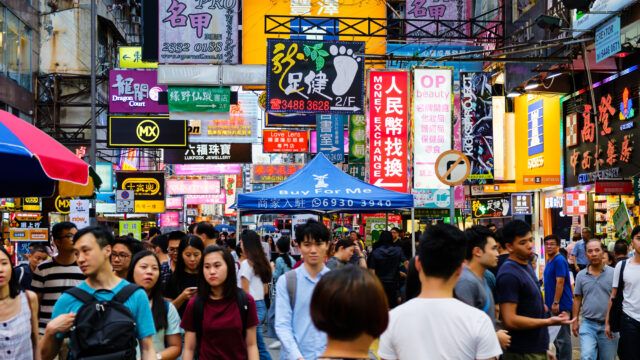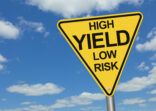The world had been hoping for a strong revival as China reopened, helping to compensate for anaemic growth in the US and Eurozone. However, recent PMI has not been as good as hoped and there are signs the recovery may not be as strong as expected.
In particular, manufacturing has proved problematic. The PMI reading for April of 49.5 was below the 50-point reading separating expansion from contraction. It also fell short of analysts’ expectations for a reading of 50.3 and was lower than the March figure of 50.
The rise in output was sluggish, coupled with a renewed drop in new business. Overall employment levels in Chinese manufacturing also dropped. This does not suggest an exciting revival in the wake of the government’s reversal of its zero-Covid policy.
Services – which form more than half of the Chinese economy – have been stronger, but there is still cause for concern. The Caixin PMI data showed rates of growth in both output and new orders softened from March. It said: “The rate of job creation also moderated, slipping to a three-month low, contributing to a further increase in backlogs of work.” Unlike manufacturing, where input cost rises are slowing, services is also experiencing rising levels of cost inflation. These hit a new high in April.
The markets appear increasingly sceptical. The IA China/Greater China sector is the worst performing for the year to date, having given up any early gains on news of the reopening. The average fund has dropped 6.8%, building on its loss of 16% in 2022. This suggests international asset allocators may be going cold on the reopening trade.
That said, Chinese companies themselves are still optimistic about the recovery. The Caixin report said: “When assessing the 12-month outlook for output, firms were hopeful that customer demand will pick up and drive production volumes higher. Notably, the degree of optimism was the second strongest in two years.”
On services, there were also improving expectations: “Business confidence regarding the year ahead edged down further from January’s multi-year high but remained strong in the context of the series history. At 56.4 in April, the seasonally adjusted headline Business Activity Index posted well above the neutral 50.0 level and pointed to a sharp increase in services activity across China.”
Fund managers believe that these erratic data points are simply the stop-start nature of recovery and that the direction of travel is still good. Nicholas Yeo, manager of the abrdn China investment company, says: “There has been a rapid pivot away from zero Covid. This caused some initial fear among the Chinese people and created some slowdown in economic activity.
“The Chinese economic situation should be much better in 2023 than in 2022. The first wave of infection has already happened across the whole country. People are less fearful of Covid and are going out and about. This has been seen in seen in ridership of subways in mega-cities. There had been fears that some of lower tier cities would not be able to handle higher infections. That fear has been unfounded.”
He says China has ‘muddled through’ its early difficulties, which bodes well for the recovery in 2023. He believes there is still significant pent-up demand and the country has accumulated excess savings during the pandemic. This should be a boost for consumption.
Isabella Albarran, analyst, macro research at Close Brothers Asset Management, also sees a brighter future ahead for China: “The first quarter GDP print has shown stronger growth, particularly across the consumption sector. Retail sales have been much stronger than expected and there’s probably further for that to run. It’s still pretty difficult to travel about if you’re a Chinese tourist and so there is scope for that to improve.
“The area where we need to temper our expectations is around the real estate sector. Recent comments from the Politburo said that houses are for living, not for investing. That suggests we’re not going to see a super-supportive upswing for the housing market in China.”
The elephant in the room for China is the impact of growing geopolitical tensions. Here, the outcome is less clear: will a lack of access to Western technology know-how and weakening trading ties make a difference? The ‘China plus one’ strategy, whereby companies diversify their manufacturing base to include other areas such as Vietnam or India, seems likely slow the growth of manufacturing.
This is particularly true for certain key sectors. The Chips and Science Act locked China out of the US supply chain in key areas such as semiconductors. Oxford Economics reports that between 2018 and 2022, US imports of computers and electronic products increased by US$95bn or 23%, but imports from China fell by 13%. Overall, China’s share of US imports recorded a 13-percentage-point decline over the past five years. This may partly explain manufacturing weakness and it has had a meaningful impact on Chinese companies such as Huawei.
Ultimately, the Chinese growth picture is mixed. There is a recognition that markets may have got ahead of themselves in their early exuberance over reopening. The reality is that the revival in the Chinese economy will be lumpy, and the current tensions with the West may hold back growth in the longer term. Investors are already curbing their enthusiasm.
This story first appeared on our sister publication, Portfolio Adviser.

















